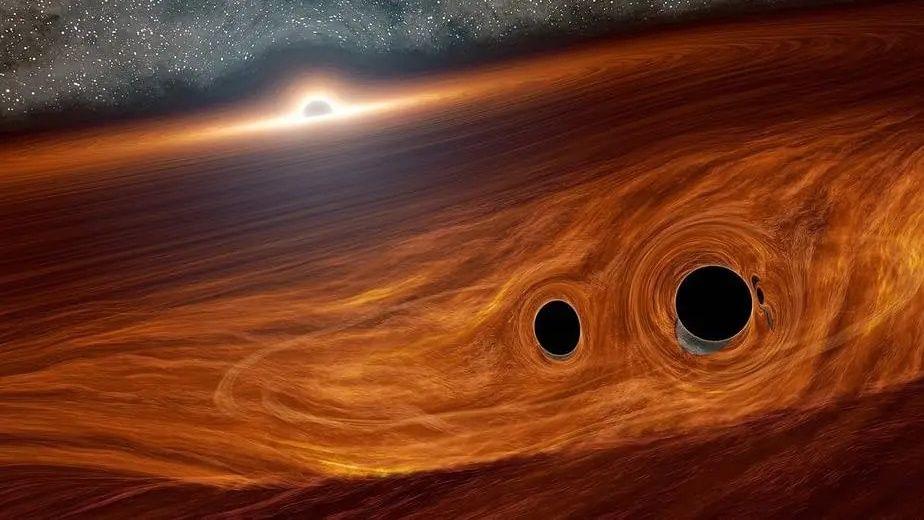To that end, Caplan is part of a crew that posits the dark matter portion of the dark universe could very well be made up of not particles like we imagine, but instead a huge number of atom-size black holes produced during the dawn of the universe, each of which is about as massive as a typical asteroid in our own solar system. “I think all dark matter candidates are just a little bit wild,” Caplan, who is an assistant professor of physics at Illinois State University, told Space.com. “Some guesses are better than others, and primordial black holes are taken seriously. I’ll go so far as to say I think they’re popular.”
But to turn the hypothesis into fact, he says, scientists have to actually find one of these miniscule ancient voids — which brings us to this new black-hole-sun conversation. Potentially, Caplan and his co-authors say in their papers, some of those ultrasmall black holes might’ve gotten caught up in dust clouds in the midst of forming stars. Potentially, they might’ve ended up literally lodged in those eventual sparkling oceans of plasma. Potentially, they might still be there.
So, no, there is probably not a black hole in the center of our star — but there might be other stars gallivanting through space with black holes indeed wedged within their hearts.
